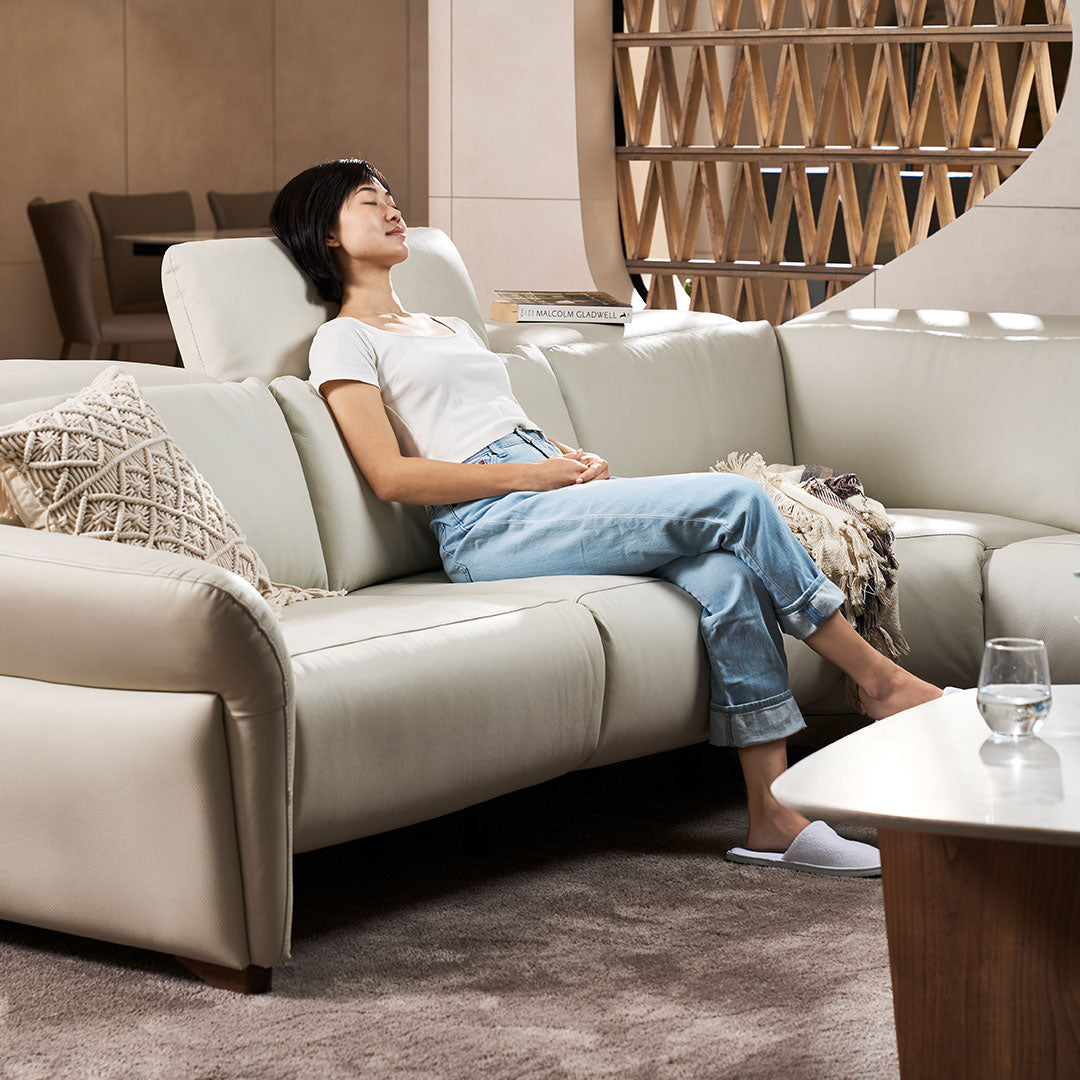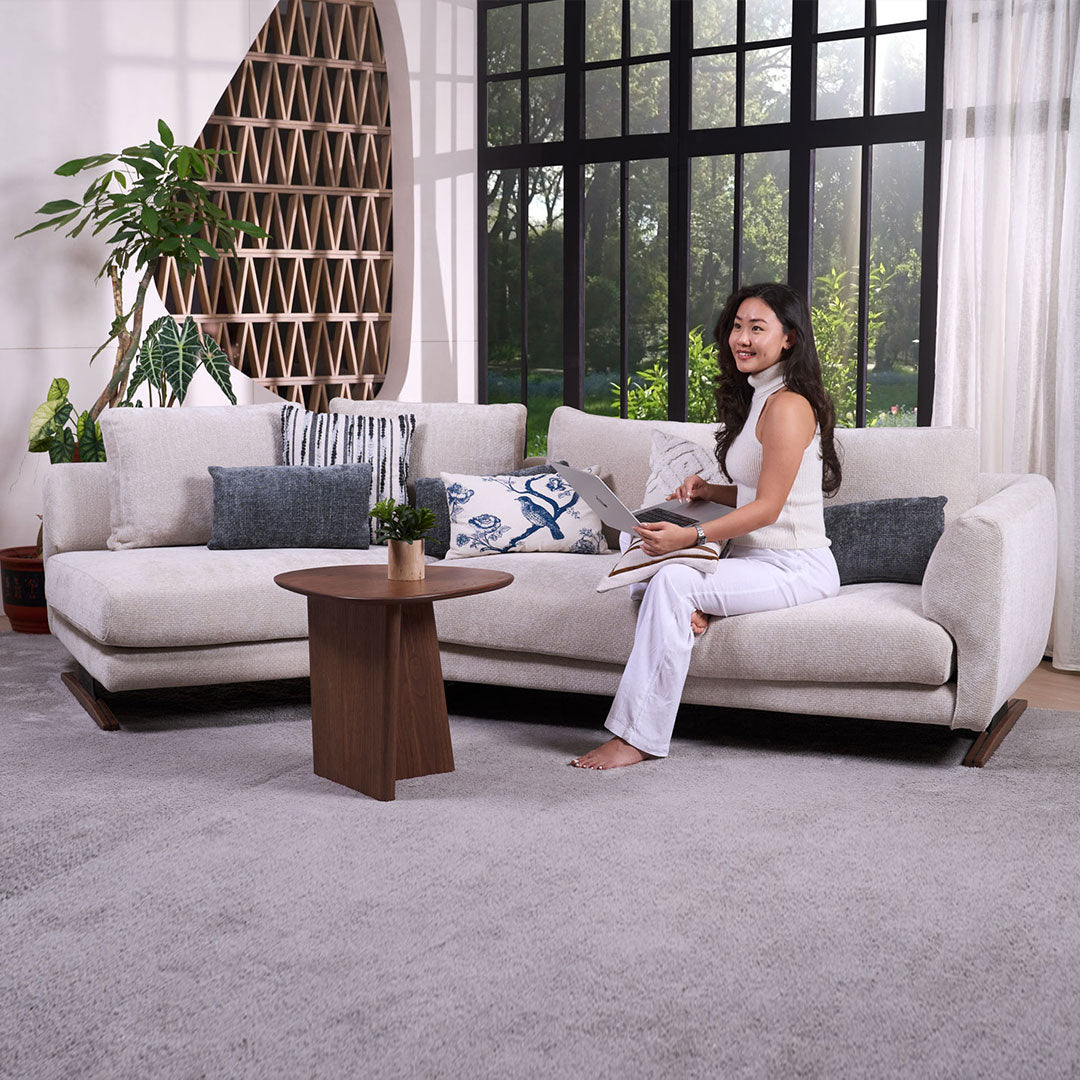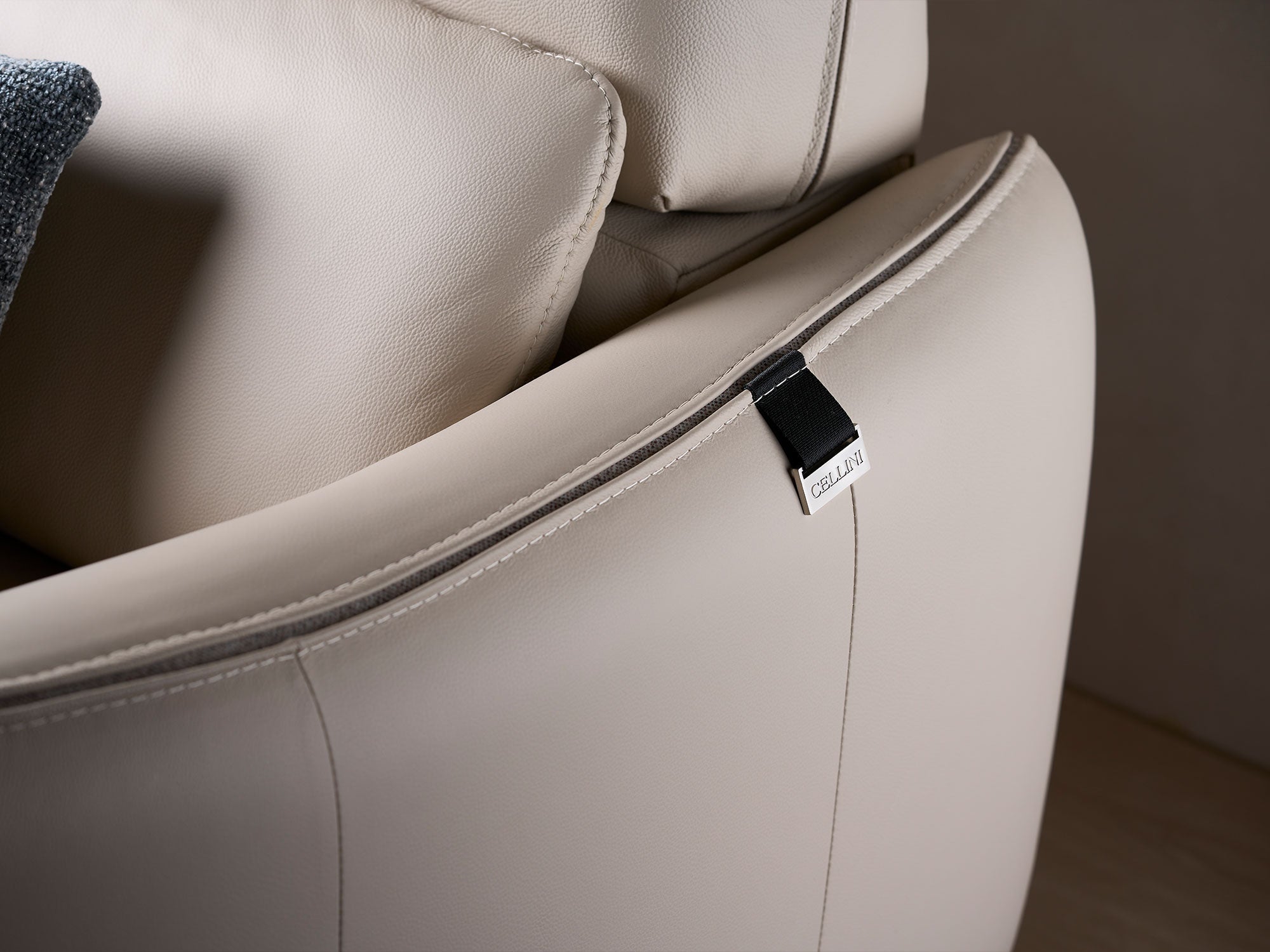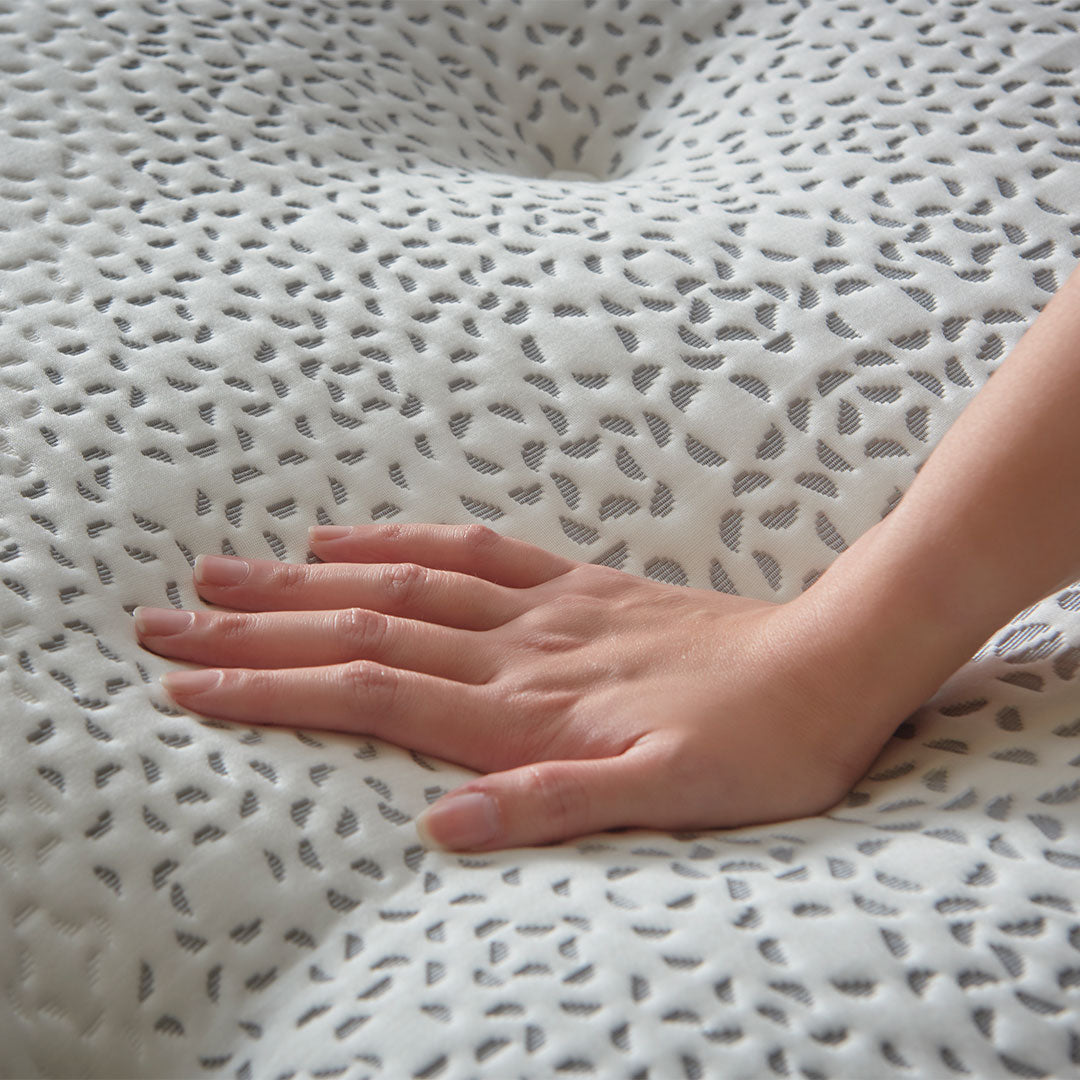Part 1: Introduction

The dining room is one of the most distinct spaces in a home. While its practical purpose is to serve meals, its psychological role runs much deeper. It is here that families gather after long workdays, where conversations flow during festive occasions, and where guests are welcomed into a home with warmth and hospitality.
The psychology of home design teaches us that interiors are not just about how they look but how they make us feel. Nowhere is this more apparent than in dining room design, where colours, textures, shapes, and layouts influence appetite, interaction, and emotional connection. A dining room that is thoughtfully designed can be transformed into a sanctuary for family bonding at the dinner table and social exchange.
Every detail matters, from the shape of a table to the positioning of chairs and the choice of materials. For instance, a granite-top dining table may suggest strength and permanence, while warm fabrics on chairs create softness and intimacy. Lighting can either encourage long, relaxed meals or, if too harsh, push people to leave the table quickly.
In this article, we will explore the psychology of dining room design, revealing how the right choices in furniture and layout can create an uplifting, meaningful, and comfortable dining room layout.
Key Takeaways
- Thoughtful dining room design can influence emotions, appetite, and the quality of connections between family and guests.
- Choices such as table shape, material, and lighting carry psychological effects that impact comfort and interaction.
- Balancing form and function with designer furniture ensures that the dining space is both stylish and welcoming.
Part 2: Mood Starts with Design: Creating the Right Dining Room Atmosphere

2.1 Why the Dining Room Still Matters
We live in a world where open-plan living and on-the-go meals are gradually becoming the norm. To that end, it may be tempting to overlook the dining room. Yet, this space continues to play an important role in shaping how families and guests connect. Unlike the kitchen counter or living room sofa, the dining room represents intentional gathering, a place where people pause, share food, and strengthen bonds.
For Singaporean households, where compact flats often mean multifunctional spaces, a thoughtful dining room design ensures that this area stands out as more than just a corner with a table and chairs. When clearly defined, the dining room acts as the heart of the home, creating a sense of stability amidst busy schedules. Even in smaller apartments, careful planning of layout, lighting, and furniture selection can transform the space into a welcoming environment for both daily meals and festive occasions.
The importance of the dining room also lies in its emotional impact. A well-designed space encourages conversation, relaxation, and even healthier eating habits. Families who gather at a dedicated table are more likely to enjoy meaningful dialogue and consistent routines, reinforcing the value of family bonding at the dinner table. Guests, too, feel more comfortable and appreciated when invited into a dining area that balances function with warmth.
Ultimately, the dining room remains relevant because it fosters connection in ways other areas of the home cannot. Whether it is styled with a sleek granite-top dining table or complemented by curated designer furniture, investing in dining room design elevates not just the look of your home but also the quality of time spent together.
2.2 What are the Emotional Benefits of a Well-Designed Dining Room?
Good dining room design is more than just aesthetics; it also comes with measurable emotional benefits:
1. Encourages Family Bonding
A warm and inviting dining space encourages regular shared meals, which in turn reinforces relationships. In Singapore, where work and school schedules can be hectic, a consistent meeting point at the table becomes invaluable for maintaining family connections.
2. Supports Social Interaction
A well-planned dining room welcomes guests and sets the tone for hospitality. Making the most of dining table design psychology, from table shape to seating arrangement, can help you create an open space that makes conversations flow more naturally.
3. Improves Well-Being and Focus
Clutter-free surfaces and ergonomic seating allow people to concentrate on the meal and the company rather than struggling to stay comfortably seated. This supports mindfulness and being more present.
4. Boosts Emotional Health
Through mood-enhancing interior design, the dining room can alleviate stress and make daily life feel more grounded. Soft lighting, comfortable chairs, and tactile finishes all contribute to an atmosphere of ease.
5. Adds Visual Appeal
Good dining table design can even help elevate your entire home. Whether this is through designer furniture or a polished granite dining table, meticulous planning reflects your commitment to both style and hospitality.
Ultimately, thoughtful dining room design will go a long way in creating a joyful and warm environment where family and friends alike can build camaraderie over delicious meals. Never underestimate the emotional impact of dining spaces.
2.3 How Colour, Lighting, and Material Shape Your Dining Experience
The sensory elements of a dining room, namely colour, lighting, and material, have a profound influence on how people feel and behave in the space. These choices can either enhance the dining experience or diminish it, which is why they should always be considered as part of holistic dining room design.
1. Colour Psychology
Colours have the power to stimulate emotions and appetite. Warm hues such as terracotta, mustard, or beige create a sense of comfort and encourage conversation, making them suitable for family-orientated spaces. Cooler shades like blue, sage, or grey can introduce calm and sophistication, but they need balancing accents to avoid sterility. The most successful dining room design schemes use colour to reflect both the personality of the household and the atmosphere they wish to create.
2. Lighting
Lighting sets the mood more directly than any other element. Bright, harsh lighting may signal formality or encourage quick meals, while soft, ambient lighting supports longer conversations and a relaxed atmosphere. Pendant lamps, dimmable bulbs, or layered lighting could help create flexible environments suitable for both everyday dining and special occasions.
3. Material and Texture
The tactile qualities of materials affect both perception and comfort. Natural surfaces such as wood or linen create warmth, while polished finishes, like those of a granite-top dining table, convey elegance and permanence. To prevent a room from feeling overly cold, stone or glass surfaces can be softened with upholstered seating, rugs, or textured wall finishes.
By carefully balancing colour, lighting, and material, homeowners can design a dining area that feels harmonious, welcoming, and reflective of their values. This further highlights that dining room design places equal importance on emotional impact as it does on furniture placement.
Part 3: The Dining Set: Designing for Connection and Comfort

The choice of table and chairs goes beyond aesthetics; it can dictate how people interact, how long they stay, and how meaningful those moments feel.
3.1 Why is a Dining Table an Emotional Centrepiece?
The dining table serves as the emotional anchor of the room. Within the context of dining room design, it dictates how people sit, interact, and connect. Every meal shared here becomes a memory, making the choice of table shape, material, and size vital in shaping the experience of togetherness.
1. Shape Influences Interaction
- Rectangular tables project structure and are well-suited for formal dinners or larger families. However, they can sometimes create distance between diners seated far apart.
- Square tables bring symmetry and balance, promoting a sense of equality.
- Round or oval tables encourage inclusivity and open conversation, ensuring that no one feels left out.
2. Material Reflects Mood
The material of the table carries symbolic meaning. A granite dining table, for instance, communicates permanence, elegance, and stability. It anchors the room visually and emotionally, while softer materials like wood may suggest warmth and approachability. In balanced dining room design, mixing tactile surfaces with polished finishes helps create harmony between sophistication and comfort.
3. Size Affects Intimacy
A table that is too large can make interaction feel distant, while a table that is too small may feel cramped. The key lies in choosing a size that supports both daily family meals and occasional entertaining. Proportionality within a comfortable dining room layout ensures everyone feels included and at ease.
Ultimately, the dining table is the emotional stage where family and friends gather, laugh, and connect. Understanding the dual roles that dining tables play will help you put together a more holistic and comprehensive dining room design.
3.2 How Dining Chairs Encourage Presence
While the dining table is the centrepiece, chairs play an equally important role in shaping the dining experience. Seating affects not only comfort but also how long people linger, how easily conversations flow, and how welcome guests feel.
Design Impacts Engagement
Ergonomic, cushioned seating makes people feel welcome, promoting longer meals and deeper connections. Chairs that provide proper lumbar support and a comfortable seat depth allow diners to relax without constantly adjusting their posture. This subtle comfort encourages guests to stay at the table longer, fostering meaningful conversation and engagement. Investing in chairs that prioritise comfort is essential for creating a welcoming environment where people naturally feel at ease and present. To ensure the quality of your chairs, consider getting them from reputable and trusted furniture shops in Singapore.
Spacing Sets the Tone
The arrangement of chairs around the table also plays a psychological role. Equal spacing ensures fairness and allows everyone to participate in conversation without feeling overlooked or crowded. Proper spacing provides room for personal movement and creates a visual balance that makes the dining area feel open and inviting. Overcrowding, however, can create both physical discomfort and emotional tension, as diners may feel confined or rushed. Thoughtful chair placement, combined with attention to the table’s size and shape, is a key aspect of an effective dining room layout, shaping the overall energy and mood of the space.
The right chairs support not just the body but the atmosphere of the meal, encouraging connection and presence. By considering comfort, spacing, and material, homeowners can elevate the dining experience, making it a space for bonding, conversation, and shared memories.
3.3 How to Enhance Connection with Subtle Psychological Cues
Beyond furniture and layout, the success of a dining space often lies in the finer details. Subtle cues within dining room design, such as balance, personal touches, and sensory elements, can shape mood and encourage people to feel more relaxed and engaged. These understated choices elevate everyday meals into memorable experiences.
Symmetry and Balance
A symmetrical layout in the dining area conveys calm and stability, helping diners feel at ease and fostering a sense of order. Symmetry can be achieved through evenly spaced chairs, balanced table settings, or matching decor on either side of the room. This visual harmony subtly encourages relaxed conversation and a comfortable dining pace. On the other hand, asymmetry introduces dynamism, making the space feel more energetic and suited to eclectic households. The choice between symmetry and asymmetry can influence the emotional tone of meals, shaping whether the dining experience feels tranquil or lively.
Personal Touches
Adding personal elements such as family photos, heirlooms, or carefully curated designer furniture imbues the dining space with character and emotional warmth. These touches not only make the space visually engaging but also spark memories and conversation, encouraging guests to linger and connect. Customising your dining area with meaningful decor communicates care and attention, creating a welcoming environment that supports family bonding at the dinner table.
Scent and Sound
Subtle sensory elements like gentle fragrances or background music enhance mood and influence behaviour without being intrusive. A soft aroma, such as citrus or fresh herbs, can make the room feel fresh and inviting, while carefully selected music sets a rhythm that complements mealtime. These sensory cues can extend dining duration, promote relaxation, and enhance social interaction, contributing to mood-enhancing interior design. Additionally, small touches like table centrepieces or accessories help create cohesion and elevate the overall dining experience.
By attending to these psychological details, homeowners can create an environment where dining becomes an immersive experience, building deeper engagement, comfort, and shared enjoyment at every meal.
Frequently Asked Questions
1. Are granite dining tables suitable for creating a warm, inviting atmosphere?
Yes. A granite dining table is both elegant and durable, providing a strong focal point for the dining area. When paired with warm lighting, soft rugs, and upholstered seating, it creates a welcoming ambience. Thoughtful dining room design balances the table’s polished finish with softer textures and personal touches to enhance comfort and warmth.
2. How can I improve the flow and layout of my dining area?
Maintaining a clear, uncluttered space is key. Keep walkways open, avoid overcrowding, and choose a table proportional to the room’s size. Incorporating area rugs or lighting to define zones in open layouts can enhance usability. Strategic dining room design ensures that the space feels inviting and is easy to move around.
3. Can dining room design impact appetite?
Yes. The layout, colours, and furnishings all influence how we feel at the table. Warm tones, ergonomic chairs, and uncluttered surfaces encourage relaxation and mindful eating. Conversely, stark, chaotic, or overly formal designs may inhibit one’s appetite. Good dining room design helps create a comfortable environment that positively affects both mood and enjoyment of meals.
A dining room is more than a space to have meals; it is also an emotional anchor in a home. The psychology of dining room design shows how subtle choices in layout, materials, and furniture influence comfort, mood, and connection. From the tactile allure of a granite-top dining table to the social cues shaped by seating, every element matters. Yet, despite the importance of understanding the role psychology plays in dining room design, you will ultimately need a worthy centrepiece that ties everything together.
As a leading furniture store in Singapore, we at Cellini bring these principles to life through timeless collections. Our range of designer furniture, including granite dining tables, combines beauty and psychology, ensuring that your dining space is both functional and emotionally uplifting.
Shop now and discover how you can breathe life into your home with our curated furniture collection.







